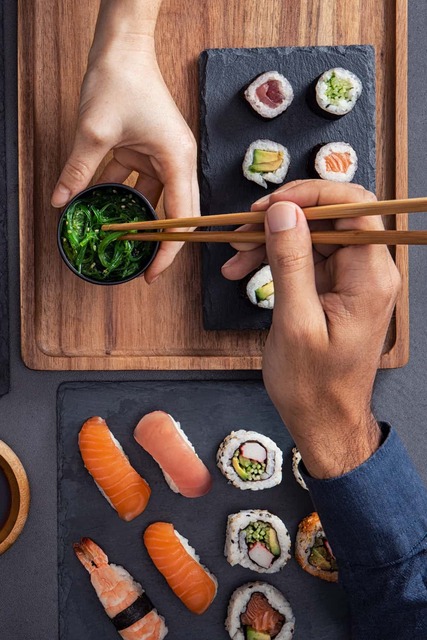Etiquette in Japan
In Japan, having good manners and showing respect for others is held in high regard. To avoid any social faux pas and get the most out of your travel experience, we recommend learning a little about etiquette in Japan. Nobody expects foreign travellers to understand Japanese etiquette completely, but a little knowledge will go a long way.
Most common questions
How to say hello in Japan ? "Konnichiwa"
As we do in Europe, shaking hands is not common in Japan, but it's possible to see this kind of greeting in international business situations.
When you enter restaurants and shops, you will hear all the staff say "irasshaimase" to say hello to the customer. Don't be afraid, the staff don't wait for any reply, but you can say thank you with a nod and a smile.
Japanese people take off their shoes before entering some places, such as temples, accommodation, restaurants, touristic sites etc. If you need to remove your shoes, staff will typically point it out politely.
Occasionally restaurants can have an eating room with tatami (woven-straw matting), so they will ask you to remove your shoes, same in some hotels and touristic attractions as Japanese castles. In these cases, you must also take off your shoes.
Sometimes when you take off your shoes, you will find a pair of slippers that you will be able to use to walk around inside the building. In the tatami room, you must take off your slippers and leave them at the entrance of the room.
Japan has many Buddhist temples and Shinto shrines, both of which are typically open to visitors. When you enter these temples or shrines, please remember to act respectfully.
At the entrance of any shrine, please try to practice the same ritual as other visitors.
Find the water source (chozuya) next to the entrance. Firstly, take the ladle (hishaku) in your right hand and pour water over your left hand to rinse it. Then take the ladle with the left hand and rinse your right hand. Then, pour water into your right hand and rinse your mouth.
Fourthly, spit out discreetly on the ground (not in the water source). Finally, rinse your left hand again and clean the ladle, for this step, take water in the ladle and put it vertically. When you have finished, put back the ladle in its place.
At most restaurants staff will give you a wet towel (oshibori) to clean your hands before eating.
When you have one portion in a small bowl, you have to take it in your hand and lead it close to your mouth when eating. When you order a big plate to share with other people (family, friends etc), you must use the opposite end of your chopsticks or dedicated serving chopsticks to take the food and put it on your plate.
At the end of the meal, you can do as Japanese, replace the lids on dishes and put your chopsticks back on the chopstick rest or in its paper holder. The staff of the restaurant will appreciate the gesture. To say thank you for your meal in Japanese, you can say 'gochisosamadeshita.'
It is a custom in Japan to queue. You will find signs and lines that encourage you to line up, for example at restaurants, stores, and train platforms. When you see locals lining up, we recommend following them, and standing behind the last person in line.
On public transportation, trains and buses, you will find some signs to encourage travellers to switch phones to silent mode; please do the same.
In the train station, you will see markings on platforms. They provide information on where people have to queue to facilitate the exit and entrance of passengers.
When you arrive on the platform, please check the floor to respect the direction of the queue, especially during rush hour.

